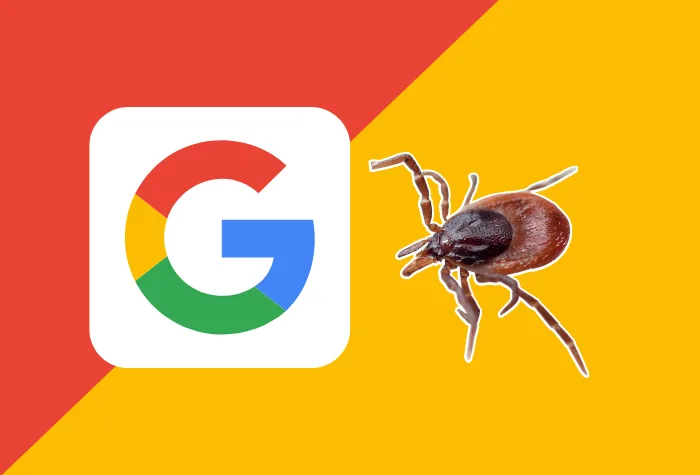
Googling tick information helps scientists, new paper says
Bitten by a tick? Look it up online and help experts.
Looking up tick-related questions on the internet through search engines like Google can help advance science, according to a new paper by researchers from the University of Copenhagen that appears in the journal Insects.
It is notoriously difficult for experts to acquire information on tick-borne illnesses and population spread, due to the painstaking method used to estimate tick numbers. Another issue, in Denmark at least, is that tick bites are only logged when patients go to the hospital, meaning a lot of information goes unrecorded.
READ MORE: Study finds high prevalence of ticks carrying Lyme disease on beaches
“The IPCC [UN Intergovernmental Panel on Climate Change] says that we desperately need monitoring. But where the heck can we get it from? Usually, you drag a stick with a flag across the ground and count how many ticks settle on the flag. On a good day, we can examine 1000 metres squared," Denmark's top tick expert, Associate Professor Per Moestrup Jensen, from the University of Copenhagen’s Department of Plant and Environmental Sciences, says in a statement.
"But there’s no way for us to go out and collect ticks on a scale that resembles monitoring. Google Trends offers a shortcut."
RELATED: Learn about the lab keeping an eye on tick-borne illnesses in Ontario
Cross-referencing Google and weather data
For their paper, researchers looked at how many times people in 10 European countries searched for the word "tick" on Google over a 10-year period. They matched those searches with local weather data, which painted a clearer picture of ticks' seasonal patterns in different environments.
"Looking across Europe, there's a very clear correlation between people's tick searches on Google and local temperature variations. It confirms our beliefs about the seasonal patterns of ticks. Among other things, the data also show patterns in which tick-borne encephalitis (TBE) is found. As such, the distribution of tick seasons might be able to tell us about which diseases are around and can be transported through individual ecosystems," says Jensen.
RELATED: What to do if you're bitten by a tick
If you're ever bitten by a tick or spot one in your area, Jensen encourages individuals to do some online research.
"You’re bound to discover plenty of useful information. Because at the same time, you'll be helping to advance scientific research."

Custom by Cheryl Santa Maria made using graphical elements from Canva Pro.
Keeping ticks away
When heading outside, experts say you can lessen the risk of coming into contact with ticks by:
Using insect repellent that contains DEET or Icaridin.
Staying on cleared paths and avoiding long grasses or brushy areas.
Covering up when you’re in an area known to have ticks.
Wearing light-coloured clothing.
Checking yourself, your children, and your pets after time spent outdoors. Make sure you do a full-body check -- especially in the hair, under the arms, in and around the ears, the belly button, behind the knees, and between the legs.
Showering or bathing within two hours of being outdoors so you can check for ticks and remove ticks that have not been attached yet.
If you find a tick on a person or an animal
Use tweezers to immediately remove it by grabbing onto its head and pulling it straight out.
Wash the bite with soap and water or an alcohol-based sanitizer. If you don’t feel well, contact your health care provider and tell them you have been bitten by a tick.
Keep the tick in a closed container and bring it to your healthcare provider.
Put dry outdoor clothes in a dryer on high heat for 60 minutes to kill any remaining ticks.











